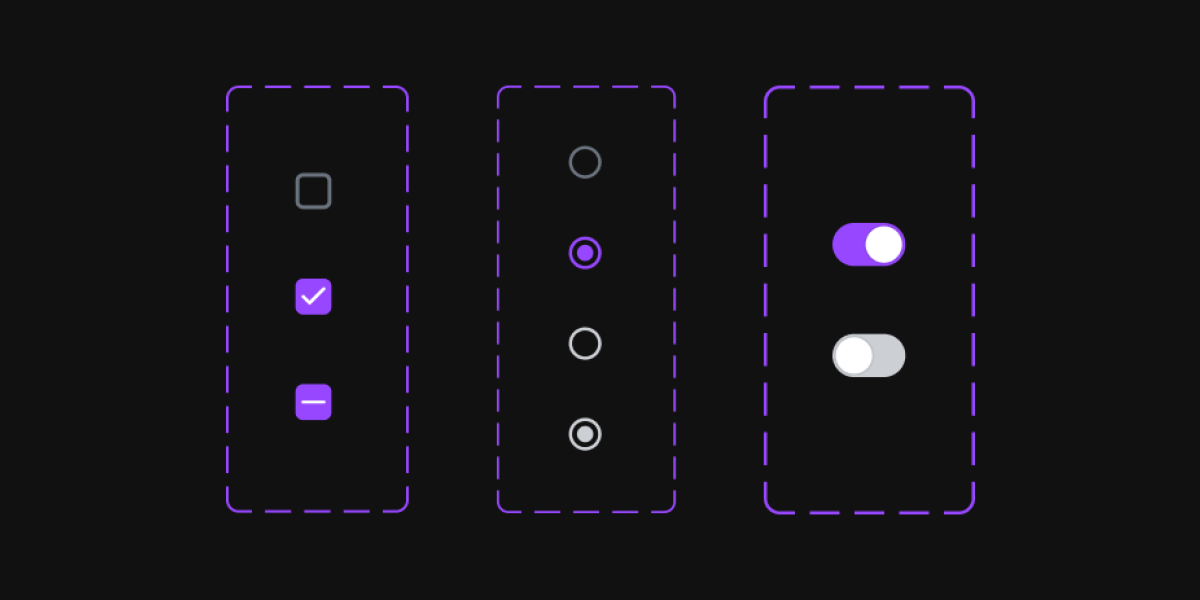Pros and cons of having a design system
During my last presentation on the topic of design systems, I got several questions about what are the possible cons of building a design system. In my opinion, if you want to get the most out of creating a design system, you have to know your company stage, available resources and desired outcome. This information will help you to understand which approach is the best for you.
Before diving deeper into the topic of the pros and cons of a design system, it is important to define what a design system is.
One of my favourite books defines a design system as a set of interconnected patterns and shared practices coherently organized to achieve the purpose of digital products [1]. It provides a common visual language that can be used consistently across multiple platforms and applications, helping to create a cohesive user experience.

Pros
One of the key benefits of having a design system is that it can help to improve the overall quality and consistency of a product or brand. By providing clear guidelines and standardized components, a design system can help designers and engineers to create user interfaces that are intuitive, easy to use, and aesthetically pleasing. Quality and consistency can drastically improve the user experience and reduce user frustration [2].
Another advantage of having a design system is that it can help to speed up the design and development process. Because designers and developers can use pre-existing components and guidelines, they can save time and effort that would otherwise be spent on creating new designs from scratch. This can help teams to be more efficient and productive, allowing them to deliver high-quality products and features more quickly.
Additionally, a design system can help to reduce the cost of design and development by reducing the need for custom design work [3]. By using standardized components and guidelines, teams can save money on design and development, which can help to reduce the overall cost of a product or project. Designers will be able to focus on solving customer problems and spend more time on research.
Finally, a design system can serve as a shared language and reference point for designers and engineers, enabling better collaboration and communication between teams. By providing a set of standardized design elements, principles and common language, a design system can help ensure that all team members are working from the same set of guidelines and are on the same page while building products and features.

Cons
However, there are also some potential drawbacks to having a design system. Unfortunately, one potential downside is that it is not a one-and-done solution. Efficient design systems constantly evolve as teams gather feedback from those who use them. Also, it may take more time to educate others on how to use a design system [4].
The upfront investment is one of the potential complications. Implementing a design system can be a significant undertaking, and it may require a considerable investment of time and resources in the beginning. Developing a design system involves:
- Conducting research.
- Defining design principles.
- Creating design guidelines and components.
- Building a pattern library.
This process of a design system creation can take months, or even years (it depends on the company size), to complete and may require a dedicated team of designers and engineers to be successful.
Another potential disadvantage of a design system is that it can be time-consuming and costly to implement. Creating a design system requires a significant upfront investment, including learning how to build a design system, developing standardized components, creating design guidelines, and training designers and engineers to use the system [5].
The list of cons is a great indicator of possible pitfalls a startup may face while creating a design system. Plan wisely, and take your time to work on a product. If your startup is still looking for a product fit – a design system won't help you much. Creating a fully flashed design system during the early stages of your startup may distract you from building a great product, and you may waste valuable time on the elements that will be needed much later.
To summarize, a design system can provide many benefits, including faster design and development, improved quality and consistency, and reduced costs. However, it can also have some potential drawbacks, like the cost to build and the time required to implement the system. Overall, whether a design system is suitable for a particular organization will depend on its specific needs and goals.
References
[1] Kholmatova. (2017). Design Systems. In Design Systems. Smashing Media AG.
[2] Maintain Consistency and Adhere to Standards (Usability Heuristic #4). (n.d.). Nielsen Norman Group. https://www.nngroup.com/articles/consistency-and-standards/
[3] One Formula To Rule Them All: The ROI Of A Design System. (2022, September 9). Smashing Magazine. https://www.smashingmagazine.com/2022/09/formula-roi-design-system/
[4] Design Systems 101. (n.d.). Nielsen Norman Group. https://www.nngroup.com/articles/design-systems-101/
[5] One Formula To Rule Them All: The ROI Of A Design System. (2022, September 9). Smashing Magazine. https://www.smashingmagazine.com/2022/09/formula-roi-design-system/

